Increased Focus on Health and Wellness
The Automotive Smart Helmet Market is witnessing an increased focus on health and wellness, particularly in the context of rider safety. Helmets that incorporate health monitoring features, such as heart rate tracking and fatigue detection, are gaining traction among consumers who prioritize their well-being while riding. This trend is indicative of a broader societal shift towards health-conscious living, where individuals seek products that not only protect but also promote their health. Market Research Future indicates that the segment of smart helmets with health monitoring capabilities is expected to grow significantly, potentially capturing a market share of around 20% by 2026. As manufacturers respond to this demand, the integration of health-related technologies into helmets is likely to become a standard feature, further driving the growth of the Automotive Smart Helmet Market.
Regulatory Support for Safety Standards
Regulatory support for safety standards is a pivotal driver in the Automotive Smart Helmet Market. Governments and regulatory bodies are increasingly mandating higher safety standards for protective gear, including helmets. This regulatory push is fostering innovation among manufacturers, who are compelled to develop helmets that not only comply with existing regulations but also exceed them. Recent legislative measures have been introduced in various regions, promoting the adoption of smart helmets equipped with advanced safety features. This regulatory environment is expected to catalyze market growth, as compliance with safety standards becomes a prerequisite for market entry. Projections indicate that the market could expand by approximately 25% over the next few years, driven by the need for helmets that meet stringent safety requirements while incorporating cutting-edge technology.
Rising Demand for Enhanced Safety Features
The Automotive Smart Helmet Market is experiencing a notable surge in demand for enhanced safety features among consumers. As road safety becomes a paramount concern, the integration of advanced technologies in helmets, such as collision detection and emergency communication systems, is increasingly sought after. According to recent data, the market for smart helmets is projected to grow at a compound annual growth rate of approximately 15% over the next five years. This growth is driven by the increasing awareness of safety among riders and the need for protective gear that not only meets regulatory standards but also incorporates innovative safety solutions. Consequently, manufacturers are focusing on developing helmets that provide real-time data and alerts, thereby enhancing the overall safety experience for users.
Technological Advancements in Wearable Devices
Technological advancements play a crucial role in shaping the Automotive Smart Helmet Market. The proliferation of wearable technology has led to the development of helmets equipped with features such as Bluetooth connectivity, GPS navigation, and voice command capabilities. These innovations not only enhance the user experience but also provide essential functionalities that cater to the needs of modern riders. Market analysis indicates that the integration of smart technologies into helmets is expected to drive a significant portion of the market growth, with estimates suggesting that the segment could account for over 30% of total sales by 2026. As consumers increasingly seek multifunctional devices, manufacturers are compelled to innovate continuously, ensuring that their products remain competitive in a rapidly evolving landscape.
Growing Popularity of Smart Transportation Solutions
The Automotive Smart Helmet Market is benefiting from the growing popularity of smart transportation solutions. As urban areas become more congested, there is a shift towards smart mobility options that prioritize safety and efficiency. Smart helmets, which can connect to various transportation networks and provide real-time traffic updates, are becoming essential for riders who navigate busy environments. This trend is supported by the increasing investment in smart city initiatives, which aim to enhance urban mobility through technology. Market forecasts suggest that the demand for smart helmets will rise in tandem with the expansion of smart transportation systems, potentially leading to a market valuation exceeding 1 billion dollars by 2027. This alignment with broader transportation trends positions smart helmets as a vital component of the future mobility ecosystem.



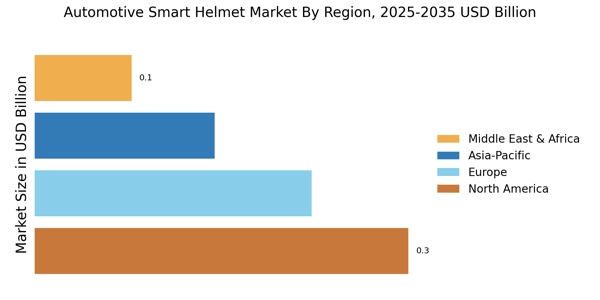
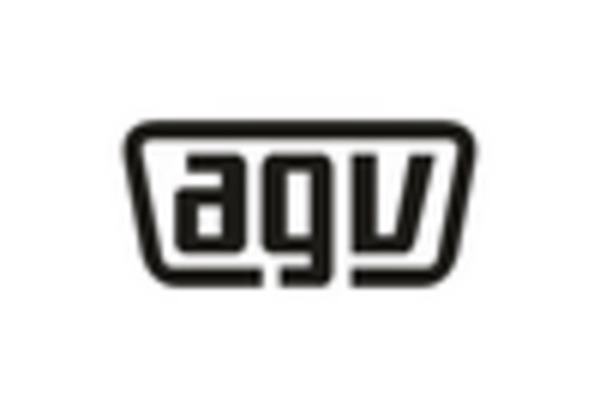

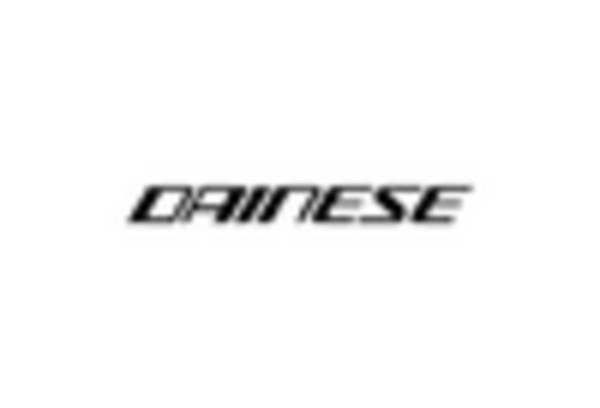
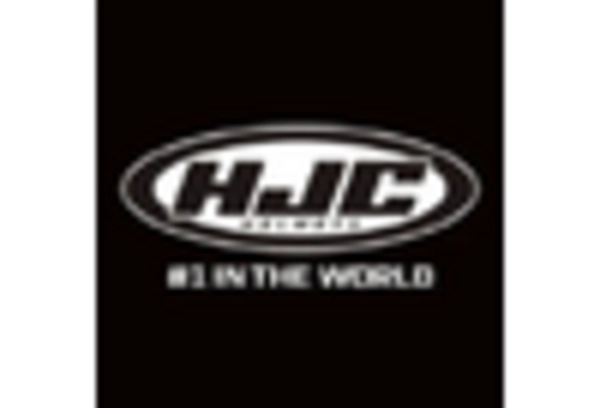
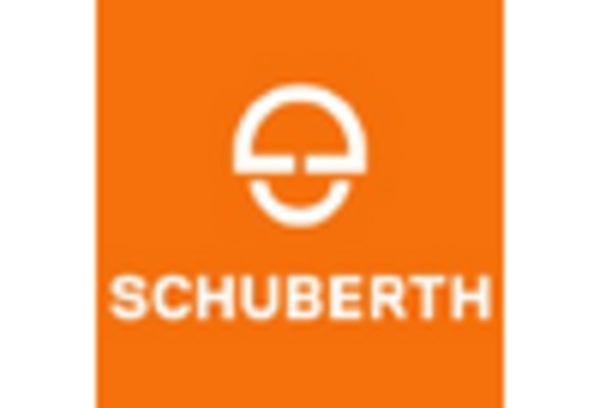









Leave a Comment